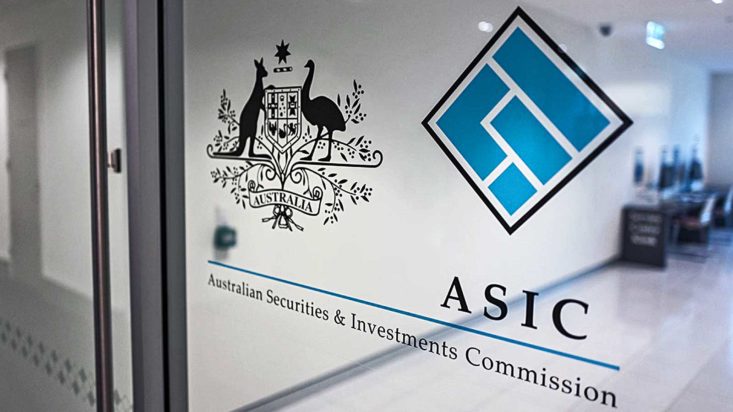ASICs releases guidance on Ongoing Fee Arrangements
The Australian Securities and Investment Commission, regulator of the financial adviser industry, this week released their long-awaited guidance regarding Ongoing Fee Arrangement changes set to come into force on 1 July 2021.
In a positive move for advisers struggling under reams of compliance paperwork, the guidance replaced Regulatory Guide 245 and offers a straightforward commentary on the most important changes.
The obligation to give clients a fee disclosure statement has been in forced since 1 July 2012, but the latest changes covered ongoing fee arrangements of OFAs, which are considered any agreement where a fee is payable for over 12 months. They also introduced an annual renewal and consent requirement, something that has caused must consternation in the industry, primarily because platforms and other services providers are now requesting custom consent forms for each client.
When does an OFA exist?
OFAs only exist where personal advice is provided to a retail client, and the fee is payable for a period of more than 12 months. Importantly, it continues to exclude insurance commissions, approved payment plans and product fees.
ASIC also commented on the trend towards advisers entering fixed-term agreements for a period of less the 12 months, noting they will consider a number of factors when assessing whether said fee is ongoing. This includes the specific terms of the agreement, whether fees actually stop at the end and how the service is presented to the client.
What must advisers do?
For those provide advice under OFAs, advisers must:
- Seek the clients renewal on an annual basis;
- Give the client an PDS
- Obtain the clients written consent before deducting fees.
What if you don’t comply?
According to ASIC “If a fee recipient fails to comply with the OFA obligations, the ongoing fee arrangement will terminate see sections 962F and 962FA.” Further, “the fee recipient must not continue to charge ongoing fees after termination of the ongoing fee arrangement. Civil penalties apply to a breach of this requirement.”
Understand the ‘Anniversary day’
There was no change to the ‘anniversary day’ which is defined by law. But ASIC confirms “it is the anniversary of the day on which the ongoing fee arrangement was entered into and if a fee recipient wants to change the anniversary day for an ongoing fee arrangement, the fee recipient must enter into a new arrangement with the client.”
How can advisers renew agreements?
Clients will only be able to renew ongoing fee arrangements during the ‘renewal period’, being 120 days beginning on the anniversary date. This can be completed in writing both physically and electronically, including via the use of emails, SMSs and webpages.
What if clients don’t renew?
If the client does not renew in the prescribed form, the ongoing fee arrangement will terminate 30 days after the end of the renewal period.
Can you enter a new OFA and reset renewal periods?
ASIC says, “the date that the new ongoing fee arrangement commences will be the date the client signs the new document expressing their agreement to the terms of the arrangement. That date can be the same as the date the old arrangement terminated.”
Update on Fee Disclosure Statements
ASIC made few changes to the requirements within Fee Disclosure Statements, simply noting that they can be delivered electronically and include the new consent forms within the same document. The majority of the guidance was around what needs to occur during the ‘transition period’.
ASIC states the following on the transition period:
- As a fee recipient, you must give the client an FDS between 1 July 2021 and 30 June 2022 for an existing ongoing fee agreement; and
- The day that you provide the client with an FDS during the transition period will become the anniversary day for that arrangement in each subsequent year;
- An FDS provided during the transition period must cover information for
- the previous year – a 12-month period that ends just before the transition day for the ongoing fee arrangement; and
- the upcoming year – a 12-month period that begins on the transition day for the arrangement.
They also offer an example, outlining situations where the 60-day notice period for the provision of FDSs occurs immediately before 30 June 2021. The guidance confirms that the FDS must included the 12 months of fees immediately before and after said agreement but also the period between when the last FDS was provided and the period covered by the new FDS.
And onto free consents
ASIC offers some clarity around fee consents, noting that the ‘requirement to obtain written consent does not apply to deducting ongoing fees from an account linked to a credit card of basic deposit product’, therefore it is more relevant to platforms, managed funds and other less discretionary payment options.
On the withdrawal of consent they confirm that advisers must within 10 business days give confirmation to the client that the removal of consent has been received and provided the account provider with a copy.
As previously stated, fee consents will cease 150 days after the end of an OFA, and must take a specific, prescribed form. This includes the amount of fees the client will pay, the reasons for seeking consent, how long the consent period lasts, how clients can withdraw it and the client’s account details and signature (for both where the account is in joint names).










